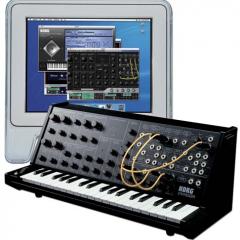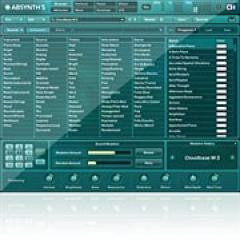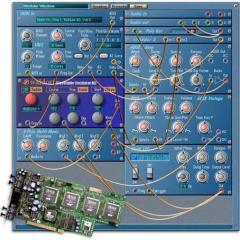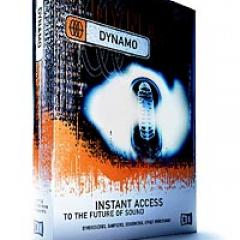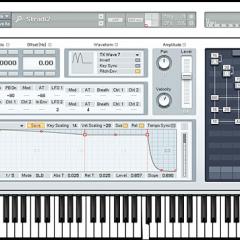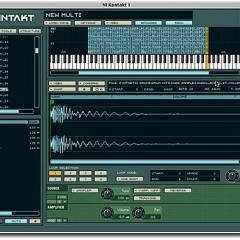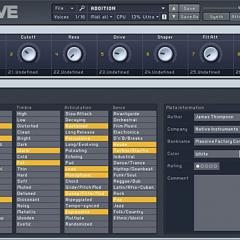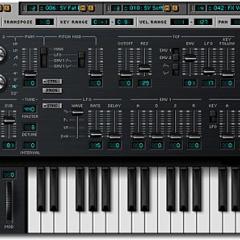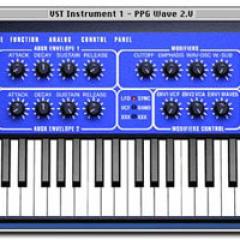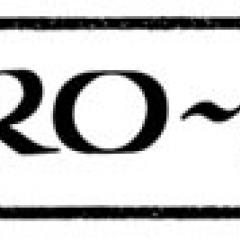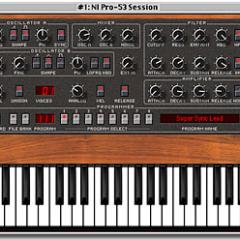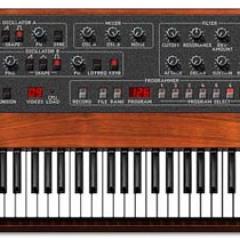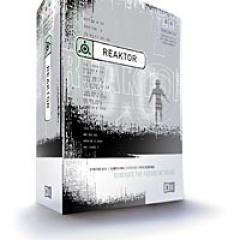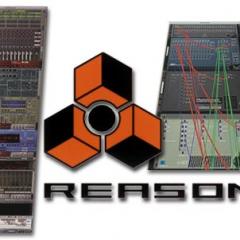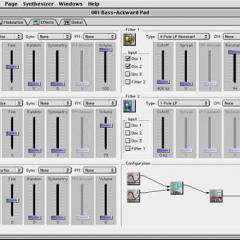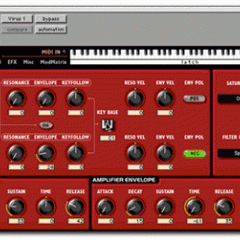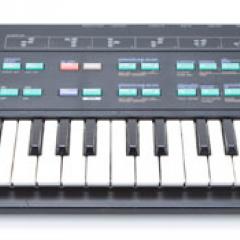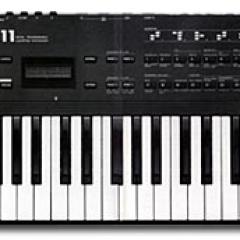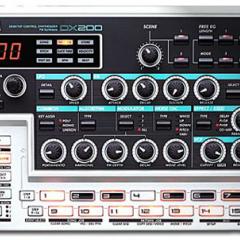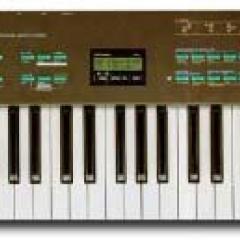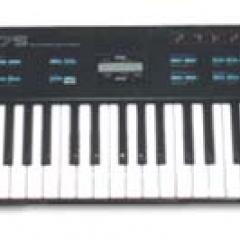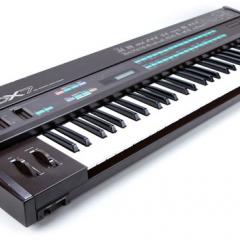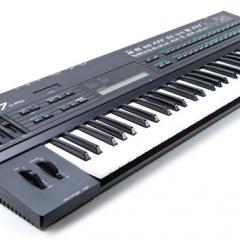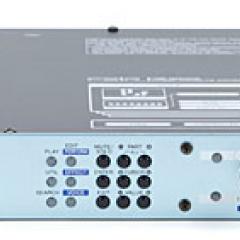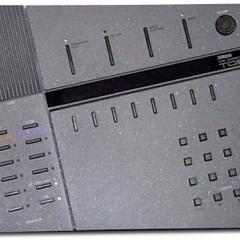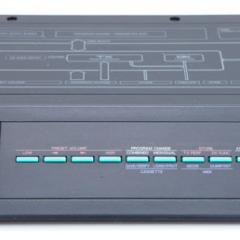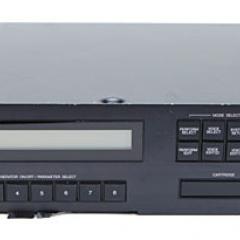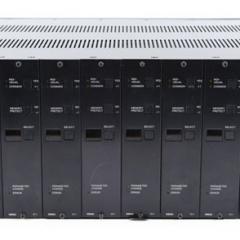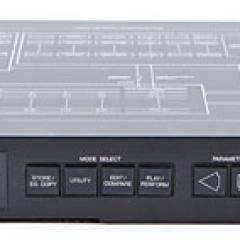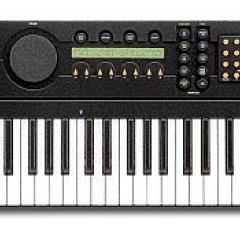Native Instruments FM7
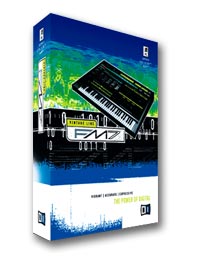
The FM7 from NATIVE INSTRUMENTS could be the best software synthesizer ever! The FM7 is based upon the classic and legendary sounds of FM synthesis found in Yamaha's DX-series, from the DX7 to the DX200! The FM7's brilliant user-interface makes FM synthesis understandable, and for the first time, visually intuitive. And since the FM7 can import SysEx patch files, of which thousands can be downloaded from the internet, you have virtually every Yamaha FM synthesizer and more available to you in an easy to use and totally modern software plug-in compatible with every major computer music program (ASIO, MME, DirectX, SoundManager, VST, DXi, Audio Unit, RTAS, MAS, DirectConnect)! The FM7 can read all programs from the original DX7, DX7-II, DX11, TX81Z, TX7, DX21, DX27, DX100, TX802 and it reproduces the sounds of these machines exactly, if not better!
As part of NI's Vintage Line, the FM7 not only recreates the look and sound of DX-synths, but in many ways it surpasses what those original FM synthesizers could do. To get you started, it ships with two 128-patch banks of new sounds, a set of 128 DX200 patches, and the factory and some additional presets from the original vintage DX7. The FM7 is not just a DX emulator in the form of another software plug-in. It is a genuine FM algorithm synthesizer that takes the concept to the next level! It adds distortion and filter operators, extensive modulation capabilities, a comprehensive effects section, audio input and much more to the traditional FM architecture.
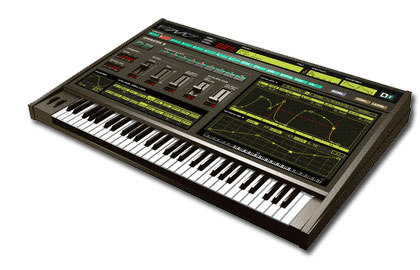
The FM7 has eight operators, each of which can be selected and graphically edited on-screen or via MIDI controller. The first six operators (A-F) are modeled after the DX-series. Operators are unique to FM synthesis. Each one generates a waveform which can be used as a carrier (the sound that is heard) or a modulator (like the way an LFO is a wave that modulates an audible carrier wave). Whereas the original DX-synths only used sine waves for their operators, the FM7's operators offer a choice of 32 waveforms from simple sine to complex TX and formant waves. Additionally, the original FM synthesizers had 32 preset algorithms for designating and routing which operators will be carriers and/or modulators. FM7 has a fully programmable FM matrix in which you can freely adjust the signal routing from one operator to another, and you can even make the operators modulate themselves in a feedback loop. The original 32 DX-algorithms can be chosen from the FM Matrix's presets menu.
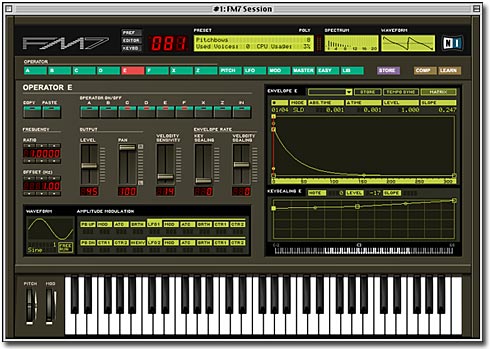
The frequency range, output level, stereo panning, velocity sensitivity, envelope rates, and amplitude modulation assignments for each operator are all easily edited on-screen or via MIDI controller in a way no old DX-synth could ever display! A graphical multi-stage envelope section borrowed from Absynth allows up to 30 points--that's way more than just the four points of a standard ADSR envelope. It comes with many preset envelopes, and it can be tempo synced. The last two operators (X and Z) offer new features not previously seen on DX-synths. Operator X offers a sophisticated noise and distortion generator. Operator Y has two multimode resonant filters.
The FM7 has a remarkable user-interface. It looks like a DX-synth with its brown/black color, green and red membrane buttons (that look depressed when clicked on). There's also a three digit display next to some LCD emulated display screens and a 6-octave keyboard. Clicking on the main LCD display toggles through a variety of information such as the name of the current patch, CPU usage, or current polyphony usage. There's also a lot of screen space which has allowed NI to give FM synthesis programming the visual representation it has desperately needed for decades. Creating your own FM sounds has truly never been this easy! And what's more, an "Easy" page gives you access to 20 sliders for somewhat global but common-place parameters such as Brightness, ADSR, Detune, LFO and Output settings. A "Master" section provides equally simple control of master input/output levels (yes there is an audio input as well), Chorus/Delay Effects, and some other overall sound shaping effects.
One of FM7's coolest features is its MIDI Learn function...just click on the "Learn" membrane button, click on a parameter that you would like to have controlled by a MIDI controller, then wiggle the controller knob and voila! You have just assigned a knob or slider on your MIDI controller to a parameter in FM7! This makes using FM7 with your MIDI controllers a snap, for either live or studio use. As a stand-alone application, the FM7 is a monotimbral instrument. But when used as a VST plug-in, up to 8 instances can be instanciated for multitimbral or ensemble applications. FM7's "Pitch" screen lets you adjust global pitch effects like the portamento and micro-tuning. The micro-tuning feature lets you adjust each note up or down a half step. A menu of preset micro-tunings from "Bagpipes" to "West Africa" shows you the sort of ethnic key scales you can create for your more ethnic sounds!
Clean sounding, punchy, and alive! That's how one could describe the world of sounds FM7 can create. Classic Rhodes and Wurlitzer sounds, percussive sounds ranging from the acoustic to the digitally industrial, synthy basses, leads, pads, strings, bells, drones, pulsing and throbbing effects, and all kinds of ethnic sounds and effects are all just a click away! It is used by Hans Zimmer. Download the demo for your Mac or PC from NATIVE INSTRUMENTS now!
Demos & Media
Specifications
Websites of Interest
Resources
Images from Native Instruments.
